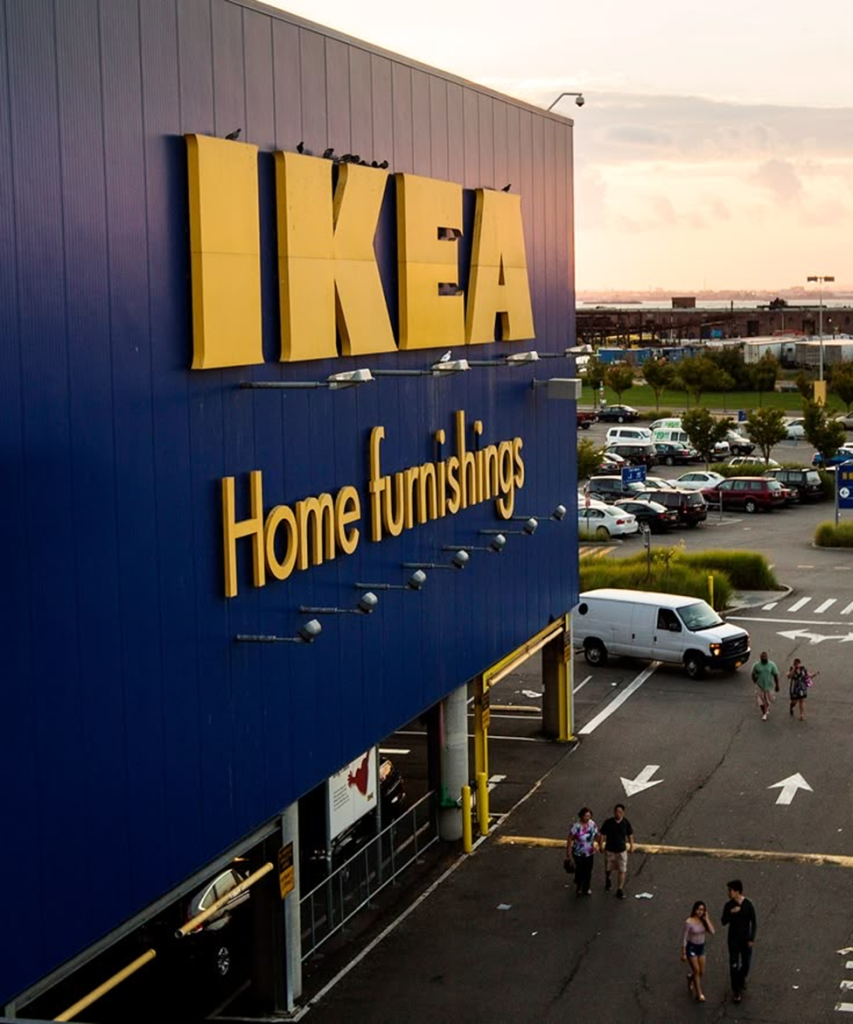When a Family with Kids Walks In: Don’t Just Smile — Strategically Engage
A family with children enters your hotel or restaurant, and staff instinctively smile… but don’t do much else.
Behavioral Economics Insight: Attention Bias, Anticipatory Gratitude, Effort Justification, Decision Simplification

A family walks into your space:
- The parents look mildly stressed.
- One child is pulling a sleeve.
- Another is staring at the dessert display.
Your staff says,
“Hi there, welcome! Table for four?”
Nice. Polite.
But you just missed a powerful economic opportunity. Here’s the truth: families with kids are emotionally overloaded decision-makers — they crave structure, speed, and thoughtful prediction. Most staff don’t realize this. They think families are “low spenders.” But actually — if treated right, they’re your longest-staying, most loyal, highest-referring customers.

What the staff should do instead:
As soon as they see kids, they should take control with empathy and guidance, not wait for confusion.
“We’ve got two great table options — one with more space for your little ones if that helps.”
“Would you like to see our mini-menu? Most kids love the cheesy chicken fingers — and it’s ready in under 10 minutes.”
“We also have coloring sheets if they’d like something fun while you look over the menu.”
These lines are short, smart, and strategic. They reduce pressure on the parents — who now see your business as a relief, not another challenge.
Why this works:
- Attention Bias – The moment staff notice and act on the presence of kids, parents feel deeply seen and respected.
- Decision Simplification – Giving 1–2 clear child-friendly options saves mental energy.
- Anticipatory Gratitude – Parents are so grateful for proactive kindness, they spend more and return.
Effort Justification – When parents feel like you “worked for their comfort,” they feel the visit was worth more.
What NOT to do:
❌ Avoid giving the family a regular table next to business diners.
❌ Don’t ask open-ended questions like “What would you like?” for kids. It increases decision time and tension.
❌ Don’t ignore the children. Just smiling isn’t enough — engagement wins loyalty.
How to train your staff:
✅ Run “family walk-in” simulations with your team.
✅ Create a cheat sheet of 2–3 kid-friendly phrases and quick fixes.
✅ Empower staff to make small gestures: free coloring sheet, quick breadstick, or iced water with a straw.
These small things don’t cost much — but create emotional magic.
Bonus Behavioral Trick:
Train staff to say this when the meal ends:
“We loved having your family today. If you’re ever in the area again, let us know — we’ll hold the same comfy spot for you.”
This subtle sentence triggers:
- Endowment Effect – Makes them feel like your space belongs to them.
- Commitment Bias – If they nod or smile, they’re more likely to return.
Social Reciprocity – People repay warm treatment with loyalty.
BOTTOM LINE:
Families don’t need fireworks — they need understanding.
The businesses that anticipate family stress and solve it fast become the ones they talk about for years — and come back to again and again.
Case Study 1: IKEA Restaurants (Global)

Situation: Families shopping at IKEA often bring children — who get bored, hungry, and cranky. This puts pressure on parents and shortens shopping time.
What they did:
IKEA turned its restaurant into a stress relief zone for parents:
- Kid-sized trays and cutlery for autonomy and reduced spillage
- A “Family Meal Deal” simplifying food decisions and saving money
- Designated child areas with toys, videos, or coloring
- Free baby food and high chairs near parent seats
Behavioral Economics at play:
- Decision Simplification – One set meal avoids overwhelm.
- Perceived Control – Children feel independent with mini utensils.
- Effort Justification – Parents feel the trip is worth the effort.
Result:
Families stay longer, eat more, and return for the experience — not just the furniture.
Case Study 2: Rainforest Café (US & UK)

Situation: It’s hard to entertain kids during a full-service meal. Many parents worry about meltdowns or judgment in upscale settings.
What they did:
Rainforest Café turned dining into a theatrical experience for kids:
- Animatronic animals and periodic “thunderstorms”
- Jungle-themed menus with visual icons (not just text) for children
- Servers who engage kids directly with a fun tone and nicknames
Behavioral Economics at play:
- Attention Bias – Kids are constantly stimulated = no boredom
- Emotional Anchoring – Parents link the meal to positive memories
- Peak-End Rule – The “show” sticks in memory more than the price
Result:
Despite mid-range food, families return for the experience, not the menu — and are willing to spend on extras.



Case Study 3: Legoland Hotels (Global)
Situation: Families traveling with kids often struggle to find hotels that balance adult comfort with child excitement.
What they did:
Legoland Hotels made the entire hotel feel like a child’s dream — without sacrificing parent needs:
- Kid-sized check-in steps
- Treasure hunts built into the room design
- “Quiet dining zones” for parents while kids eat/play
- Free gifts for children after check-in
Behavioral Economics at play:
- Endowment Effect – Kids “own” their hotel experience from the start
- Commitment Bias – Families emotionally commit to returning
- Anticipatory Gratitude – Parents are blown away by the proactive hospitality
Result:
One of the highest-rated family hotel chains — and a model for child-centric service that doesn’t alienate adult guests.




Comments are closed